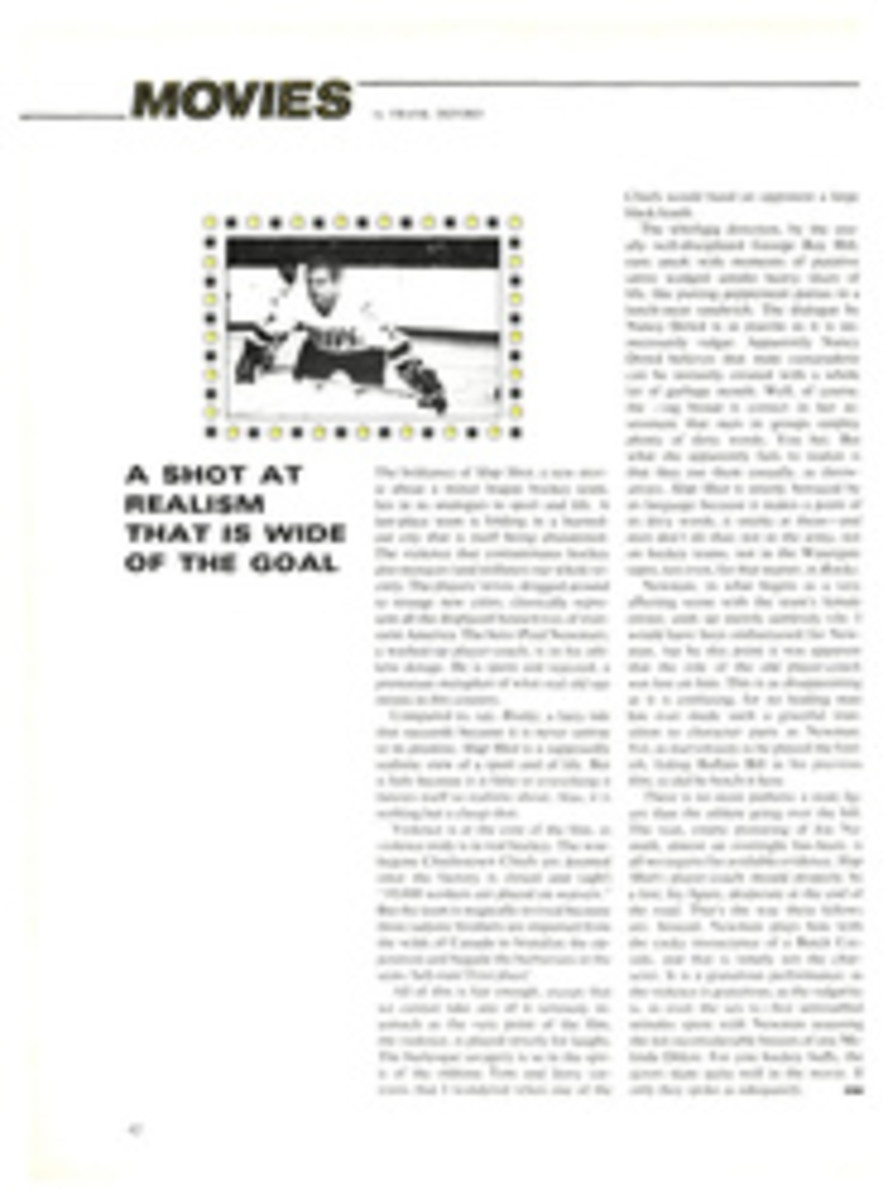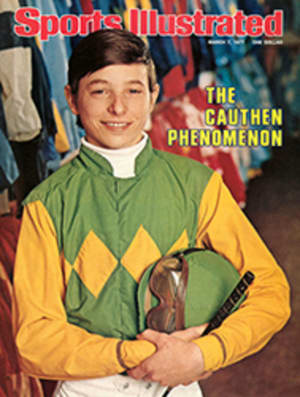
PLAY IT AGAIN, SAM, AND YOUR PUPPY CAN BE NO. 1 ON THE RETRIEVER CHARTS
Before listening to the Woodstream Corporation's Audio Library tapes about retriever training, I did not know a thing about dogs. But after applying myself to the basic and advanced courses—consisting of slightly more than an hour and a half of information—I was qualified to test the techniques under battle conditions. I do not have a dog. but I do have a father-in-law who had not spoken to me since we went fishing and I hooked his hat with a purple worm.
When my wife was in college she dated a rugged individual who could tell a greater scaup from a lesser at 100 yards on a cloudy day, and when this guy was out fishing he could tell what was doing the biting by the merest twitch of the rod tip. He could fire from the hip. chop wood, call turkeys, chew tobacco without becoming ill and was not afraid of the dark. My wife's father is also a sportsman who hunts and fishes and even whittles, and it was his fondest hope that his son-in-law would be a guy who once got a limit of quail despite having a sprained shoulder, or at least somebody who could handle a man's drink, straight sauce, without holding his nose. When I first met my father-in-law, I ordered a banana daiquiri and was coughed on. Until I memorized much of what is on the cassettes, he locked himself in the bedroom every time we went for a visit.
The retriever-training tapes and an accompanying booklet cost $19.95, available by mail from the Woodstream Corp., Front & Locust Street, Lititz. Pa. 17543. and are a must for anybody with a pup he hopes to hunt one day. Or a father-in-law who thinks his daughter married a simp.
The tapes are narrated by Dave Duffey, who is hunting dog editor of Outdoor Life. He sounds a touch like John Wayne, especially when he relates how to teach your dog to "hunt 'em out," which means there is a "bird out there to either pick up or bring back." Duffey casually but expertly explains the training process to a straight man. The lessons were recorded at Duffey's former training farm in Neshkoro, Wis. You can hear a dog named Charly breathing heavily in the background.
For those who will use the tapes to train a dog, the lessons are separated by a beep so you can rewind and replay important parts before going out into the yard with your dog. But for those who are interested in regaining lost face, you can let the tapes run non-stop and absorb the essentials in one sitting.
The program was so easy to comprehend that I went to my father-in-law's house without notes. As he turned for the bedroom, I asked. "How are your dogs?" He has three. He looked at me suspiciously. I asked if he had gotten the red one to "kennel."
The process of kenneling is elucidated on Side Two of the pre-field play-training tape. You issue the kenneling command when you want your dog to get into a confined space. If the dog refuses, you pick him up and toss him in as you say. "Kennel."
The first time my father-in-law had showed me his dogs, I made the mistake of opening the gate of their pen so I could scratch behind the ears of the largest animal. As I kneeled and said, "Here doggie." the beast leaped over me and ran off into the woods, where it spent the night. There was a lot of ground to be made up.
"Repetition is the key," I said. "You have to repeat the voice command 'kennel' even when the red dog goes in the front door of the house."
My father-in-law said the dog was kenneling all right, but admitted he was having a little trouble getting him to heel.
I asked how old the dog was.
"Four months."
"That might be a little soon to start him."
"You don't say."
We went back out in the yard and he put the red dog on a leash and walked him around. The animal strayed right and my father-in-law pulled him steadily back—which is in flagrant violation of one of Duffey's rules of play-training. When a dog fails to heel, you don't pull the leash, you give it a sharp tug.
I scored valuable points and was offered some pipe tobacco. Then I became "one of the boys" instead of "her husband" when I solved a problem with a 2-year-old retriever. Having been trained to retrieve dummies, the animal balked at fetching real birds.
"You should have dizzied some barn pigeons." I said.
You "dizzy" a barn pigeon by swinging it around your head counterclockwise. When the bird is put down it doesn't know which end is up. and as it staggers around drunkenly the dog can chase it and become familiar with live game before the season.
I went on to point out why barn pigeons were best, answering a question that had been asked of Duffey on the tape. "A duck's got a pretty sharp beak," I said, quoting the tape, "and it can give a dog a good nip. And a goose'll really pound him and you're going to have a dog that'll shy."
"Do tell," my father-in-law said.
"Same goes for boats," I said. "Once you introduce a dog properly, he'll take it from there. Don't ever throw him in the water; coax him in." (When Duffey had been explaining that part on the tape, you could hear the dog splashing.)
"You recollect that time when we went fishing," my father-in-law said. "You really knew that you weren't supposed to hook minnows through their hearts, didn't you?"
"Yeah. I was just kidding around."
He nodded toward the pickup truck. There he offered me a swig of powerful liquid reported to cure chills and straight hair. Then he asked me to go fishing again sometime.
"All I need is a couple of hours' notice," I told him.
That's because the Woodstream folks also produce a cassette about bass-fishing techniques taught by 1971 BASS Masters Classic champion Bobby Murray, which runs 60 minutes.

